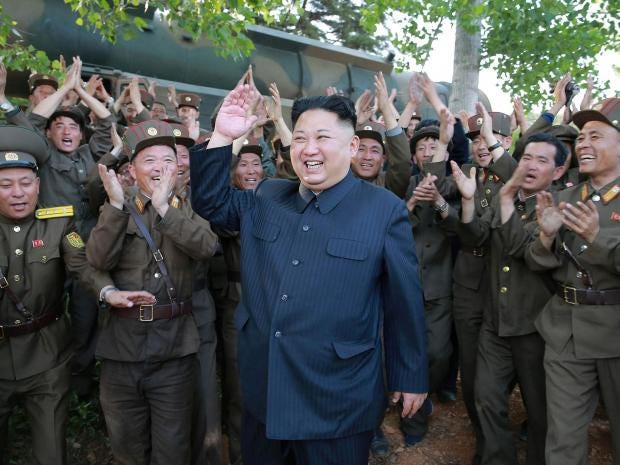 Eugene Kaspersky founded Kaspersky Lab in 1997
Eugene Kaspersky founded Kaspersky Lab in 1997
Moscow-based security company
Kaspersky Lab has denied working with Russian intelligence agencies,
following US media and government suspicion.
News website Bloomberg said it had seen emails showing Kaspersky had developed tools for Russia's intelligence agency.
And, on Tuesday, the US government's General Services Administration removed Kaspersky Lab from a list of approved vendors.
But the company has now insisted it has "no ties to any government".
Kaspersky Lab is known for its anti-virus software and provides cyber-security products to businesses.
Bloomberg
reported it had seen emails between chief executive Eugene Kaspersky
and senior Kaspersky staff, outlining a secret cyber-security project
apparently requested by the Russian intelligence service FSB.
In the emails Mr Kaspersky describes tools to "protect against attacks" and also engage "active countermeasures".
Bloomberg
suggested that the tools not only deflected cyber-attacks, but also
captured information about the hackers launching them, to pass on to
Russian intelligence services.
In the emails, Mr Kaspersky said the software could one day be sold to corporate customers worldwide.
Refuting the claims, Kaspersky Lab said: "The communication was misinterpreted or manipulated to try to make the media outlet's narrative work.
"Kaspersky
Lab is very public about the fact that it assists law enforcement
agencies around the world with fighting cyber-threats, including those
in Russia, by providing cyber-security expertise on malware and
cyber-attacks."
However, the US General Services Administration
said it had removed Kaspersky Lab from its list of government-approved
suppliers "after review and careful consideration".
In a further
statement, Kaspersky Lab said: "The company has never helped, nor will
help, any government in the world with its cyber-espionage efforts.
"Kaspersky
Lab believes it is completely unacceptable that the company is being
unjustly accused without any hard evidence to back up these false
allegations."
In the statement, Mr Kaspersky offered to meet US government officials and provide his company's software code for audit.
"Kaspersky
Lab, a private company, seems to be caught in the middle of a
geopolitical fight where each side is attempting to use the company as a
pawn in their political game," the company said.
The Trump
administration has been fighting allegations that it had contact with
Russian officials during the US election in 2016.
http://www.bbc.co.uk/news/technology-40580896







